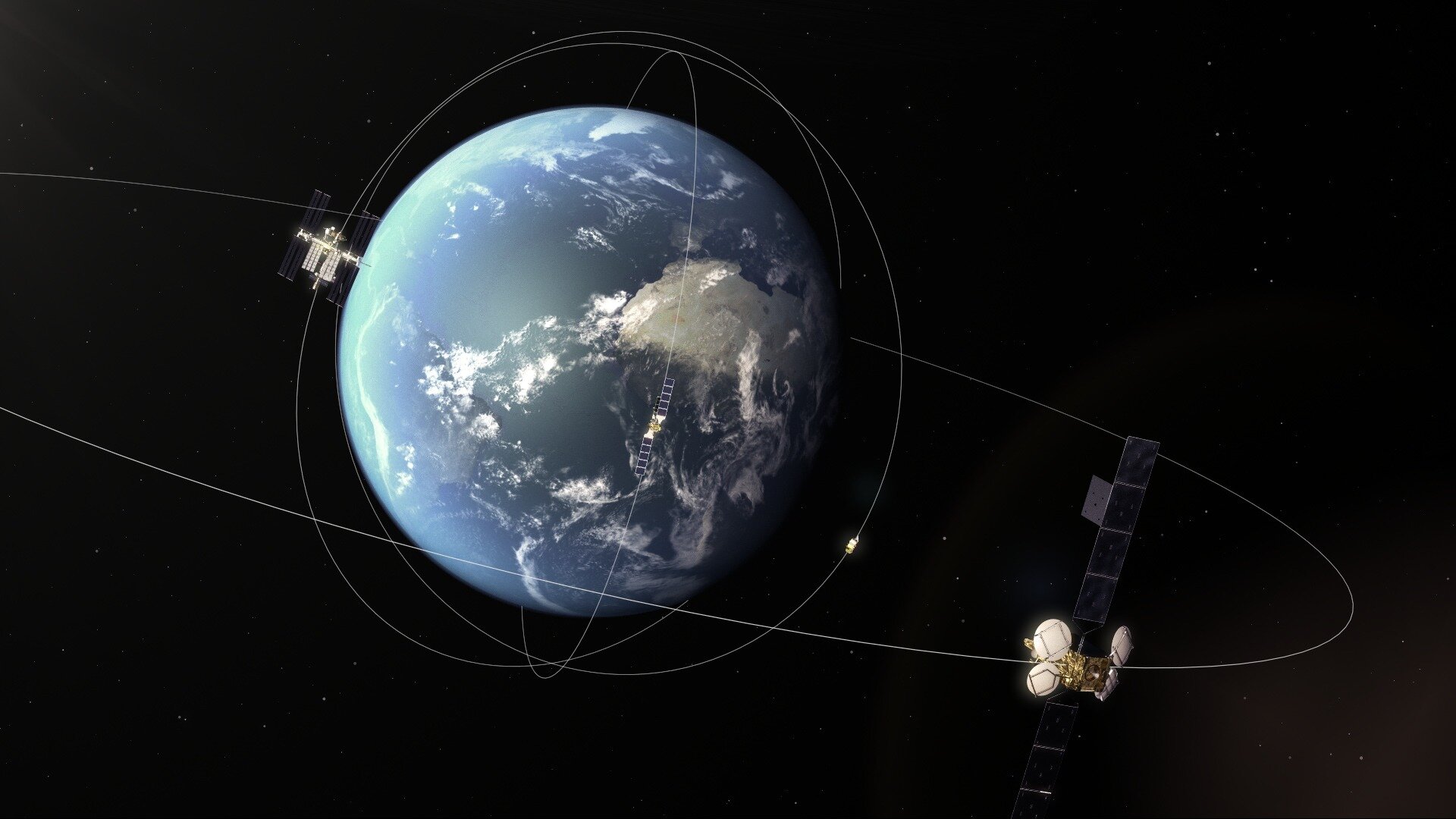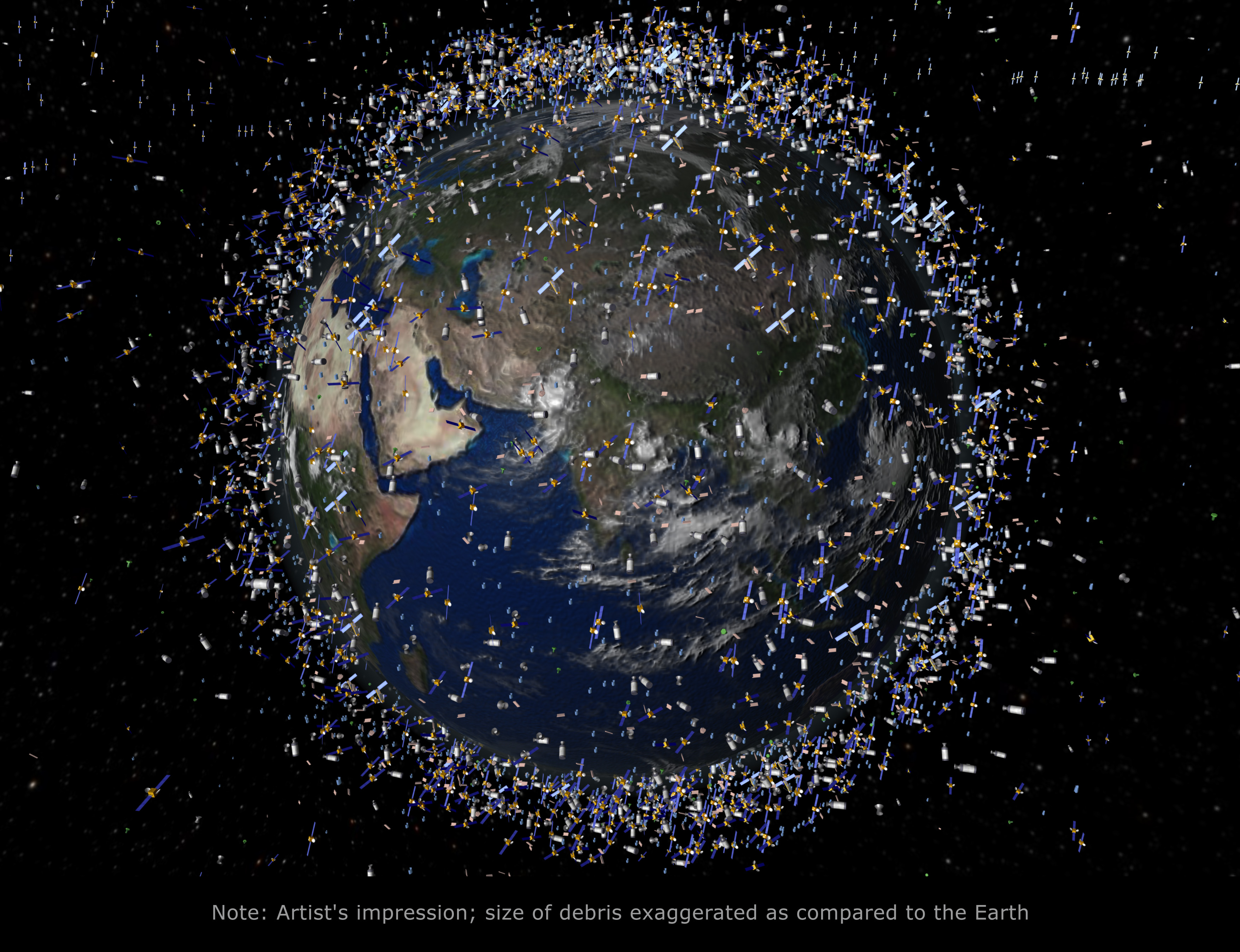

Most scientists think that that rubble, in time, became our Moon.Īs Earth orbits the Sun, its tilted axis always points in the same direction. That big hit sent a huge amount of dust and rubble into orbit. It also blasted a big hole in the surface. So instead of rotating with its axis straight up and down, it leans over a bit.īy the way, that big thing that hit Earth is called Theia. Long, long ago, when Earth was young, it is thought that something big hit Earth and knocked it off-kilter. That is why we have day and night, and why every part of Earth's surface gets some of each.Įarth has seasons because its axis doesn't stand up straight. There is a different reason for Earth's seasons.Įarth's axis is an imaginary pole going right through the center of Earth from "top" to "bottom." Earth spins around this pole, making one complete turn each day. However, in the Northern Hemisphere, we are having winter when Earth is closest to the Sun and summer when it is farthest away! Compared with how far away the Sun is, this change in Earth's distance throughout the year does not make much difference to our weather. During part of the year, Earth is closer to the Sun than at other times. It is true that Earth's orbit is not a perfect circle. And, likewise, they think Earth is farthest from the Sun in the winter.Īlthough this idea makes sense, it is incorrect. Many people believe that Earth is closer to the Sun in the summer and that is why it is hotter.

And when the South Pole tilts toward the Sun, it's winter in the Northern Hemisphere. So, when the North Pole tilts toward the Sun, it's summer in the Northern Hemisphere. Throughout the year, different parts of Earth receive the Sun's most direct rays. 7) A model of future climate based on the observed orbital-climate relationships, but ignoring anthropogenic effects, predicts that the long-term trend over the next sevem thousand years is toward extensive Northern Hemisphere glaciation.Earth's tilted axis causes the seasons. 6) It is concluded that changes in the earth's orbital geometry are the fundamental cause of the succession of Quaternary ice ages. Unlike the correlations between climate and the higher-frequency orbital variations (which can be explained on the assumption that the climate system responds linearly to orbital forcing), an explanation of the correlation between climate and eccentricity probably requires an assumption of nonlinearity. 5) The dominant, 100,000-year climatic component has an average period close to, and is in phase with, orbital eccentricity. 4) The 23,000-year portion of the variance displays the same periods (about 23,000 and 19,000 years) as the quasi-periodic precession index. 3) The 42,000-year climatic component has the same period as variations in the obliquity of the earth's axis and retains a constant phase relationship with it. These peaks correspond to the dominant periods of the earth's solar orbit, and contain respectively about 10, 25, and 50 percent of the climatic variance. 2) Over the frequency range 10(-4) to 10(-5) cycle per year, climatic variance of these records is concentrated in three discrete spectral peaks at periods of 23,000, 42,000, and approximately 100,000 years. 1) Three indices of global climate have been monitored in the record of the past 450,000 years in Southern Hemisphere ocean-floor sediments.


 0 kommentar(er)
0 kommentar(er)
